1831
The Royal Agricultural Society of Western Australia in formed.
1834
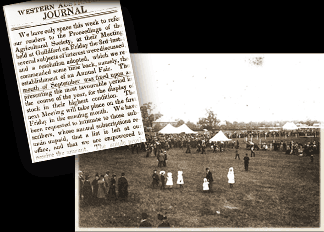
The Society held the first Annual Fair and Cattle Show in Guidford.
1835
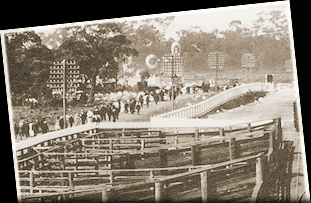
The colony’s head of stock was counted at: 84 horses, 78 mares, 307 cows, 96 working cattle, 97 bulls and steers, 3545 sheep, 492 goats and 374 pigs.
1837
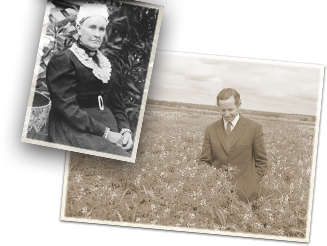
WA Population: 2,025. Sheep Population: 10,815.
1840
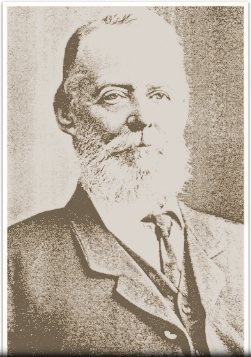
Agricultural regions emerged outside the Swan Valley in the Avon Valley and the Swan Coastal Plain.
1844 – 1904

Annual Show held at Woolbridge, Guildford.
1847
WA Population: 4,717 Sheep Population: 114,124
1851
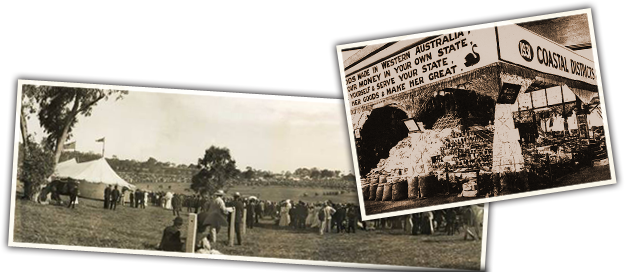
Introduction of pastoral leases in WA.
1864
Sheep Population: 283,828 Cattle Population: 44,569
1870
Severe depression overshadowed the Colony. As a result, the Society had difficulty in maintaining subscriptions.
1883 – 1900
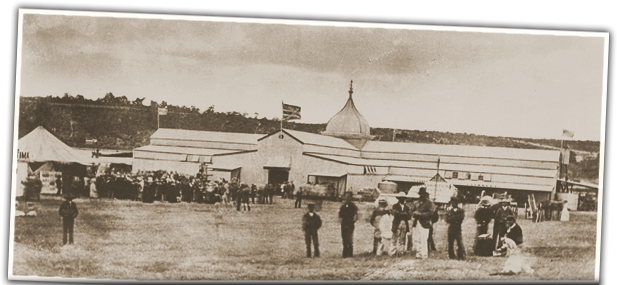
Almost 40 agricultural societies came into existence in WA.
1890
The Society was granted permission to assume the title of “Royal”.
1902
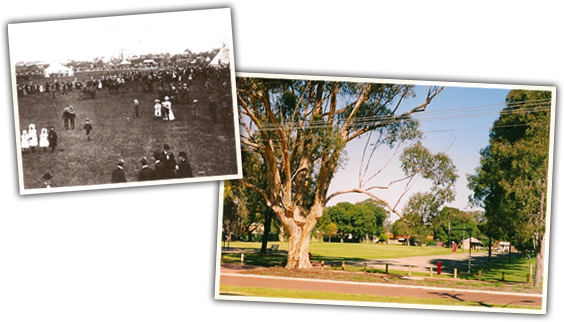
The Government granted the Royal Agricultural Society a 35 acre site in Claremont.
1904
The last show is held at the East Guildford site.
1905
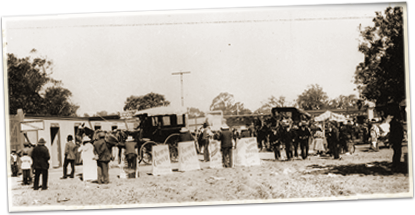
The Perth Royal Show was held for the first time at the new Claremont site. Sheepdog trials were introduced to the Perth Royal Show.
1907
Claremont Showground hosted West Australian Football League (WAFL) and was used for training by sporting teams of nearby schools Methodist Ladies College and Scotch College. The Society became affiliated with the State’s various agricultural societies in a number of country centres. A bill passed investing the RAS with the necessary powers to direct affiliation with any other society, formed or unformed, in The State.
1914 – 1918
Claremont Showground became an accommodation and training centre for troops of the 10th Light Horse and 16th and 14th Battalions.
1927
Claremont Speedway was established at the Showground.
1928
The first radio broadcast from the Perth Royal Show took place in 1928 by local radio station 6WF.
1929
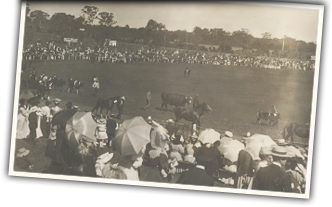
The Great Depression brought about difficult times for WA agriculture as prices fell and export markets contracted. The Centenary Pavilion was erected. It was one of the largest undercover facilities in Perth.
1931
The Australian Hockey Association moved to Claremont Showground.
1939 – 1944
Claremont Showground was used by military personal. The Perth Royal Show was suspended from 1940 to 1944.
1945
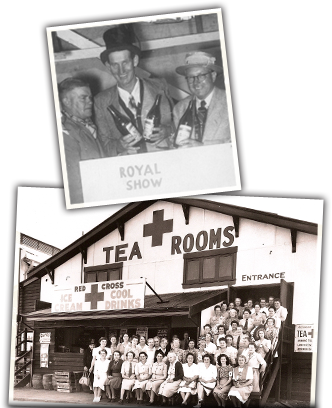
The RAS coordinated a Victory Show. Post-war agricultural development was assisted by advances in technology and new areas of WA were established for farming including the Central Midlands, the south coast east of Albany to Esperance Downs, the Lakes Districts in the Wheatbelt and the Ord and Gascoyne Rivers.
1951
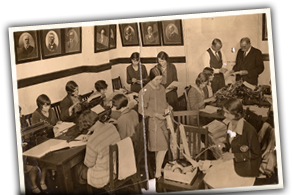
Australian Surf Lifesaving Championships are held at Claremont Showground.
1962
Inaugural Commonwealth Paraplegic Games held at Claremont Showground. Other sports played at the grounds included night tennis, basketball, skating, polo, rugby union and soccer.
1965
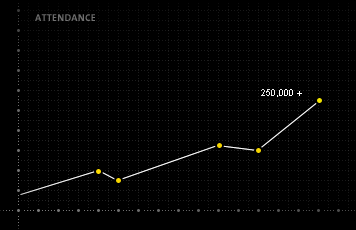
60th anniversary of the opening of Claremont Showground. Perth Royal Show attendance topped the quarter million mark for the first time.
1966
After a 30 year absence, cats were exhibited again at the Show, Billy Thorpe and the Aztecs performed and a baby animal nursery was introduced attracting 47,720 people.
1967

The District Display competition was reinstated after an absence of 30 years.
1969
Drought, the introduction of wheat quotas and low commodity prices for livestock contributed to difficult times for the agricultural industry for a number of years.
1970s
The RAS move its headquarters from the CBD to Claremont Showground and a chair lift opened to the public at the Show. During a Perth Royal Show, a steer escaped form the cattle pens, ran out the front entrance, across the railway line to Bayview Terrace, headed down to the river, jumped in and swam all the way to Point Walter.
1974
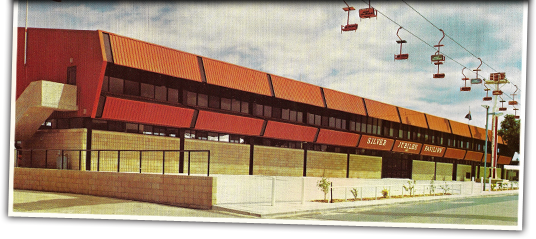
The Perth Royal Show ran for the first time on a Sunday and for 10 days straight. The new Wool Pavilion was opened for the Show featuring a 300 seat theatre. A Miss Showgirl competition was introduced.
1977
The Silver Jubilee Pavilion was opened.
1979
The 1979 Show was visited by His Royal Highness, Prince Philip, President of the Royal Agricultural Society of the Commonwealth. Prince Philip officially opened the 1979 Show, and then presided over the Royal Agricultural Society of the Commonwealth Conference, which was held in Western Australia for the first time. To contribute to the State’s 150th anniversary celebrations, the Show was held for an extended period of 16 days.
1981
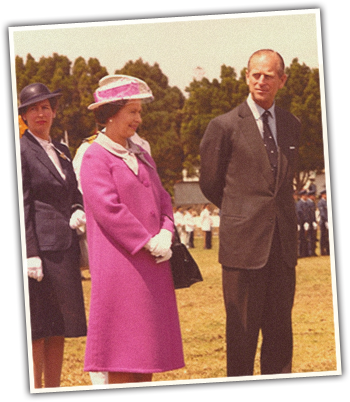
To celebrate the 150th Anniversary of The RAS, Her Majesty the Queen and His Royal Highness the Duke of Edinburgh visited the Perth Royal Show which was held at Claremont Showgrounds in the first week of October for the first time. The Agricultural Art competition commenced.
1980s
Replacement and upgrading of old buildings and facilities.
1980 – 2000
Improved herd quality accounted for a doubling of milk output despite a decline in dairy farms. Mixed crop and livestock farms declined. Wheat yields doubled with WA harvesting 40% of the national crop.
1984
The period of the Perth Royal Show was shortened from 10 days to 8 days.
1985
A Pet Cat competition was introduced to the Show.
1986

The World Shearing Championships were held at the Perth Royal Show. The Model Railway Expo was held at Claremont Showground for the first time. A new Rabbit section was introduced at the 1986 Perth Royal Show. Western Australia reached wool clip reached a new record with 231,000 tonnes set, while the WA Sheep population peaked at 38.5 million before
1990

The Showground Equestrian Centre opened.
1991
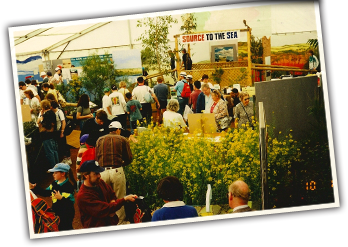
The Landcare display was introduced to the Perth Royal Show.
1992
A 7,500 square metre exhibition centre was opened at Claremont Showground.
1993
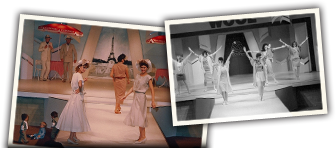
The Red Cross Bindaring Clothing Sale commenced at Claremont Showground.
1995

The new Showground Railway Station was constructed allowing commuters direct access to the Showground. The old Pig Pavillion and the Trade Cattle pens were demolished and redeveloped. A new horse complex and Ringmaster’s office was built.
1996
The Showground Police Station opened, serving as a year round community policing and training venue. The RAS won an Advance Australia Award for Outstanding Community Service.
1997
A new “Elders” entrance was completed and the Jim Webster Pavilion opened showcasing fresh foods. Arena access tunnels were built.
1999
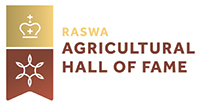
The Agricultural Hall of Fame was established to pay tribute to the men and women who shaped our history and influenced the development of agriculture in Western Australia. WA becomes Australia’s largest canola producer.
2000
The David Buttfield House was restored to accomodate the Agricultural Hall of Fame.
2001
The Wool Pavilion was renamed the Ellie Eaton Pavilion after the first woman RAS councillor.
2002

National touring festival the Big Day Out was held at the Claremont Showground for the first time.
2004
In 2004 The Perth Royal Show was named a WA icon by the State Government.
2005
Inline hockey was first played at the Claremont Showground.
2006

The first Long Table Lunch for breast cancer research was held at the Claremont Showground.
2008
The Perth Royal Show welcomed its first naming rights sponsor, IGA.
2008
Caravan & Camping Show moved to Claremont Showground.
2009
The Perth Royal Show was the first community event in the world to become smoke free.
2010
The Royal Agricultural Society of WA was awarded the Australian Medical Association’s Healthier WA Award for its decision to make the Perth Royal Show smoke-free. The ‘A Pound of Flour’ cookbook by Pam Casellas was published paying tribute to the winners of the Perth Royal Show Cookery competition. Refurbishment of the Wilkinson Pavilion restored the heritage building to its original glory, creating a year round gallery for emerging artists.
2011
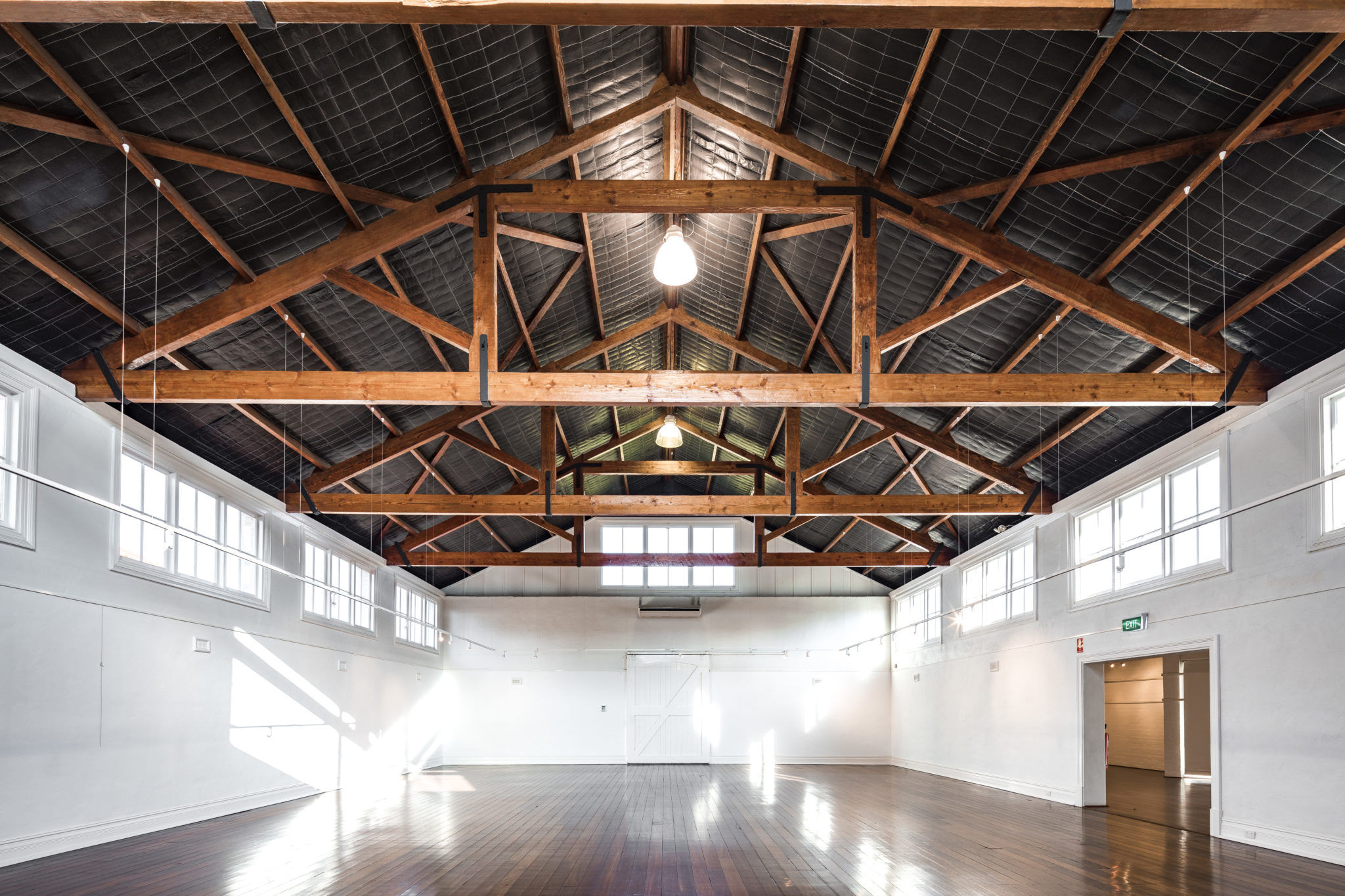
Restoration work on the Centenary Pavilion commenced and the Wilkinson Gallery was refurbished and exposed the original oak beams. The Show is announced as the first in a series of State-wide celebrations culminating in Perth, hosting the Commonwealth Heads of Government Meeting (CHOGM). All children 12 years and under receive free entry.
2012
Perth Royal Show celebrated the Year of the Farmer
2012
State Government provided funding for “Kids Free” to agricultural shows across WA (until end of 2014).
2012
Mini Royal Show held for patients, families and staff at Princess Margaret Hospital.
2013
First three-year Youth Scholarship supported by Bendat Family Foundation was awarded.
2013
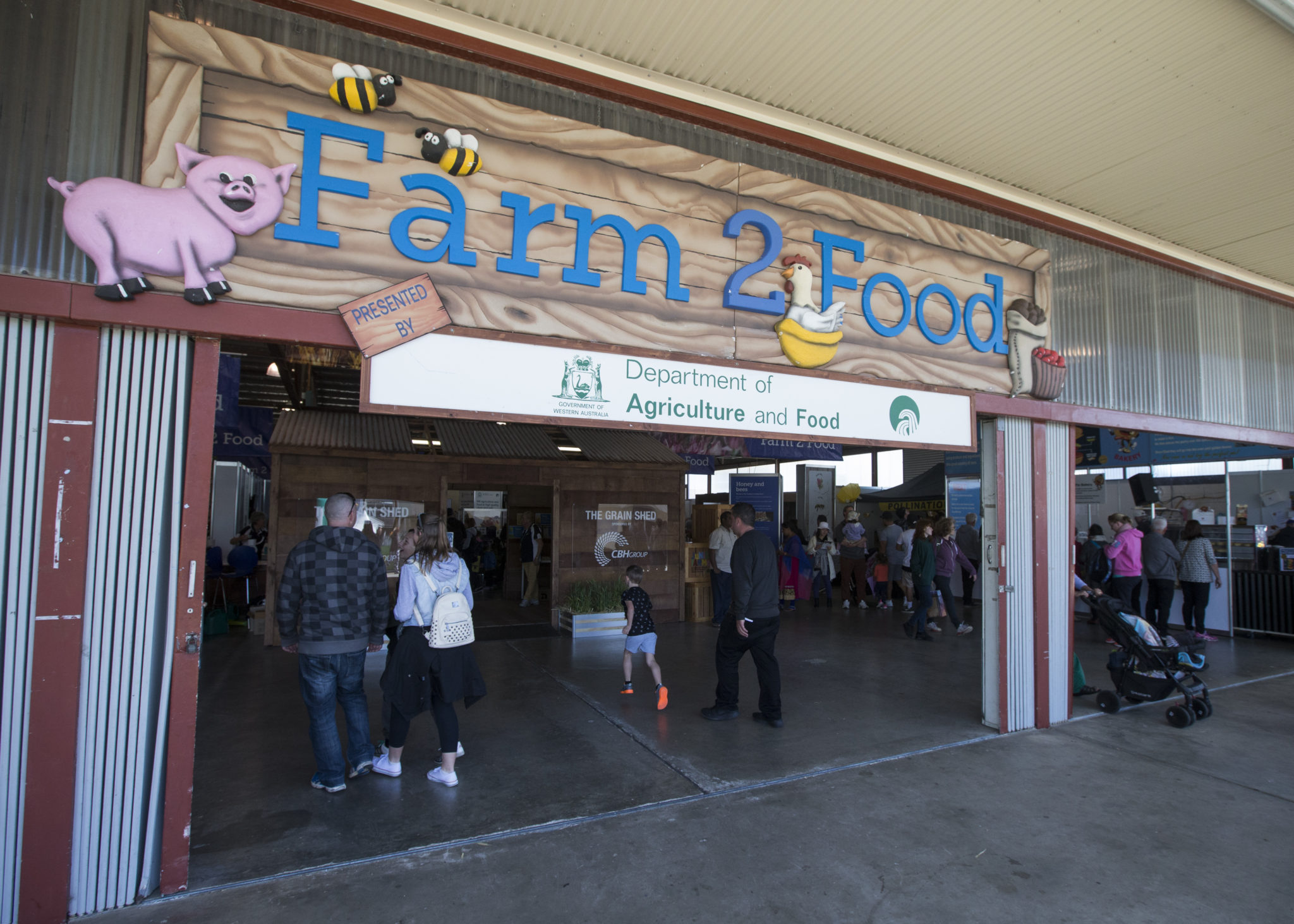
New interactive Farm 2 Food display was extremely popular at the Show.
2014
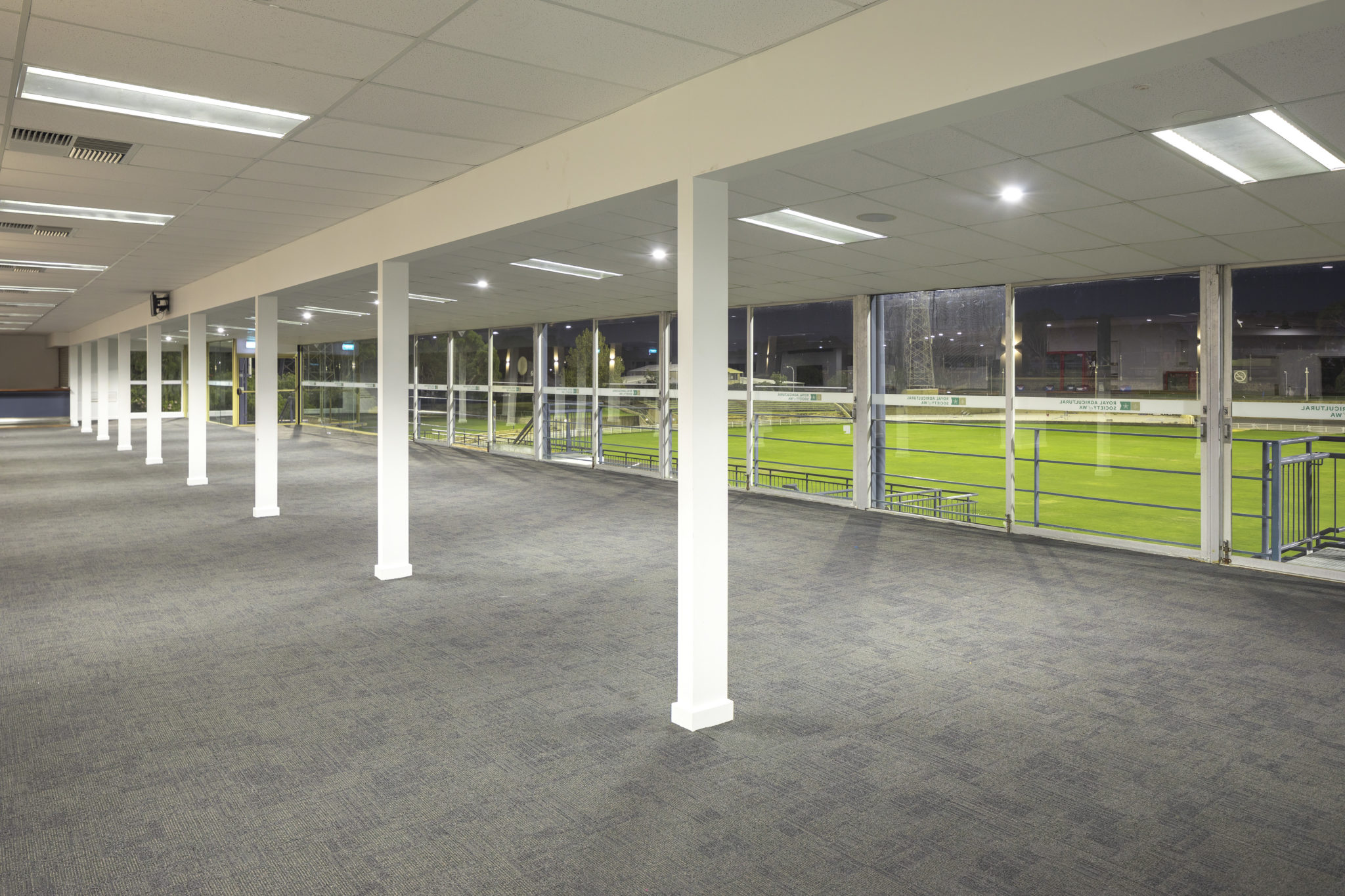
Major upgrade of the Robinson and Silver Jubilee Pavilions, Members Lounge and the Grandstand.
2014
Claremont Football Club move to Claremont Showground during the redevelopment of their facilities.
2014
Concept Plan approved for the Redevelopment of Claremont Showground.
2015
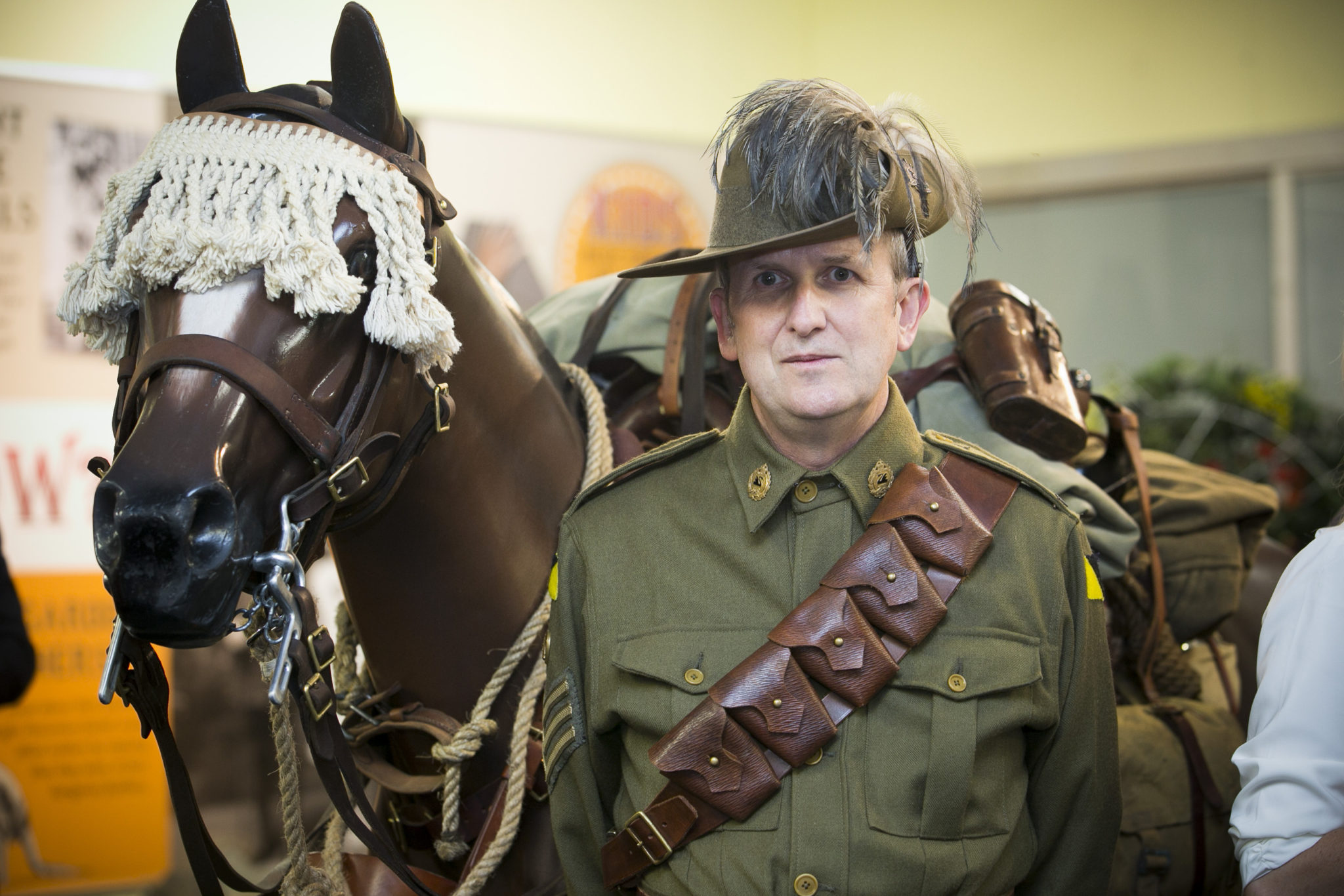
As a tribute to the ANZAC Centenary Celebration, the 10th Light Horse held a display at the Perth Royal Show.
2015
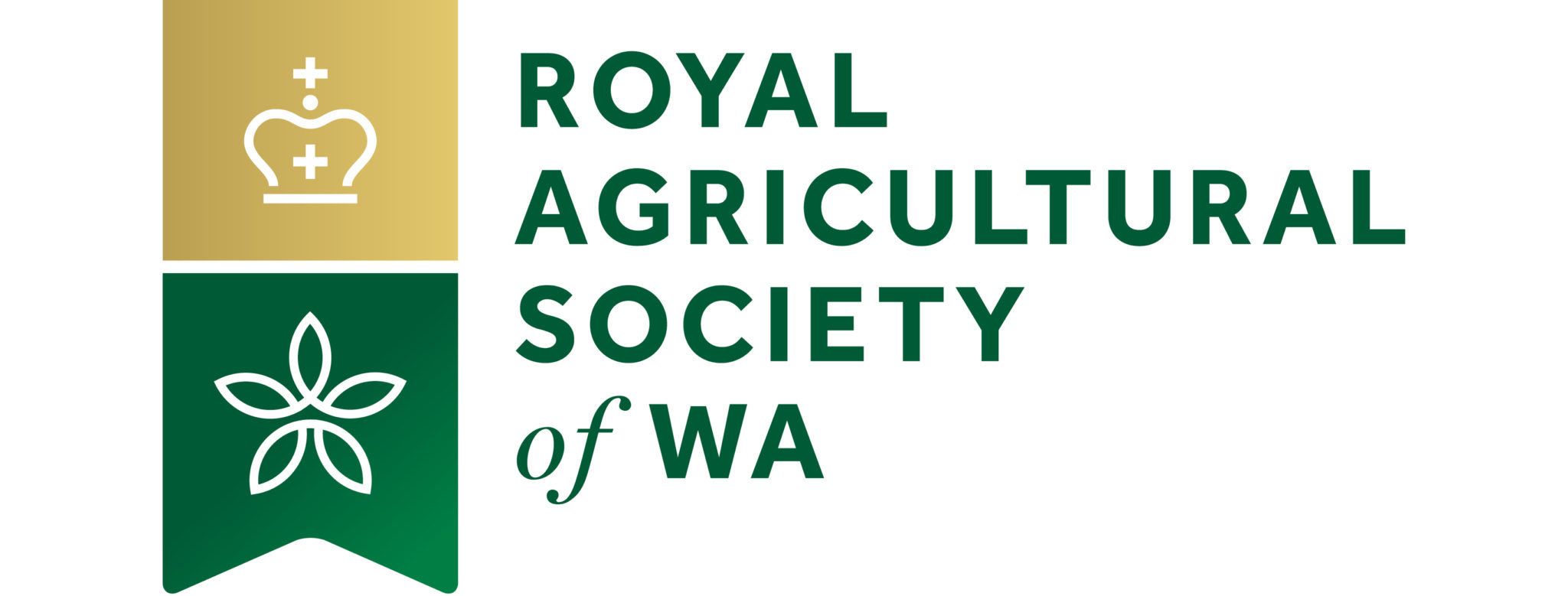
RASWA Council approved new logos for all encompassing brands.
2016

Taste WA, a premium food pavilion was first introduced to the 2016 IGA Perth Royal Show.
2017
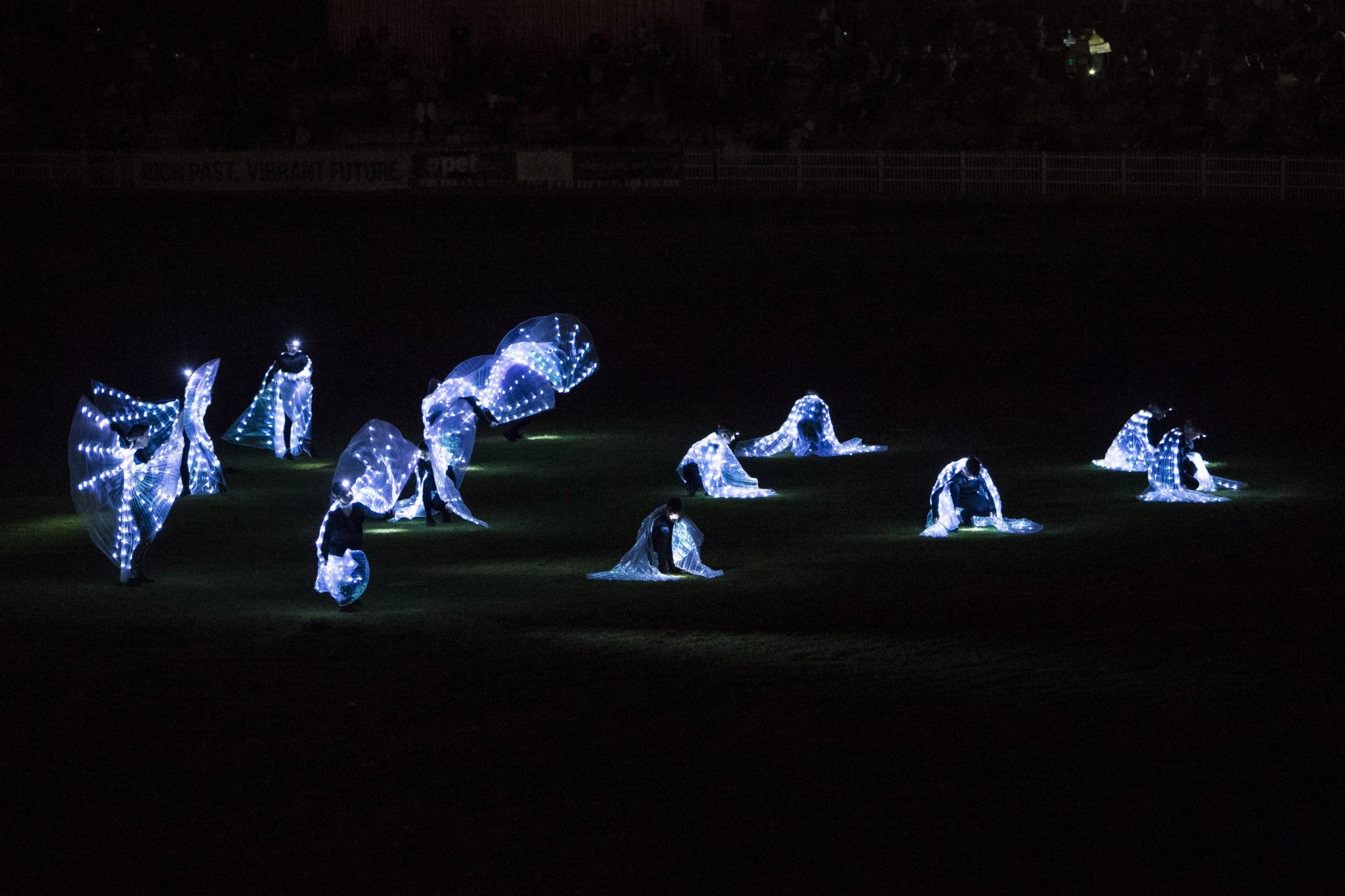
The Australian first ‘Dance of the Drones’ performed at 2017 IGA Perth Royal Show.
2018
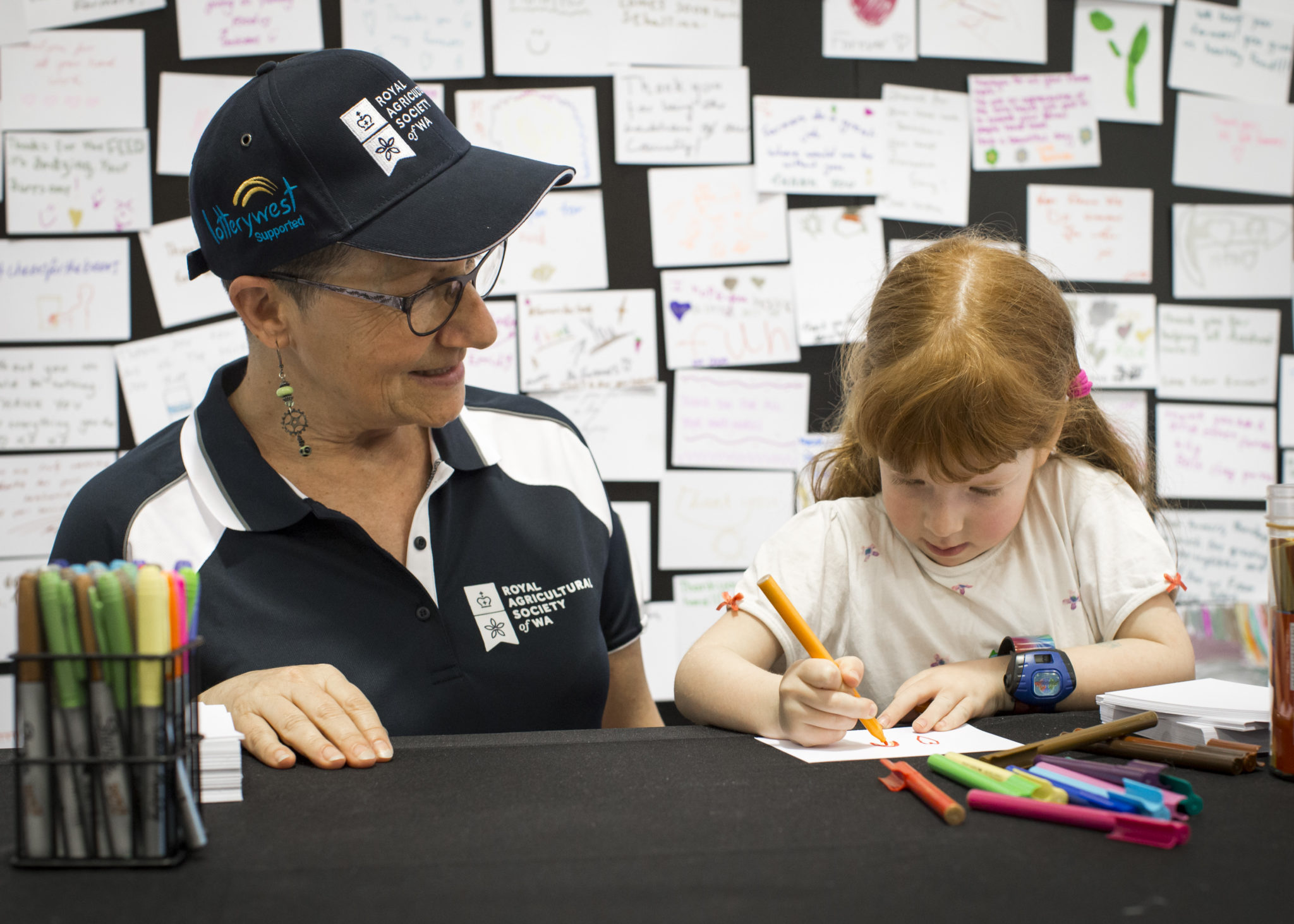
Almost 2,000 people left messages on the ‘Thank a Farmer Wall’ at the 2018 IGA Perth Royal Show. The revised Management Plan for the Redevelopment of the Claremont Showground was submitted to the WA Planning Commission for community comment.
2020
Due to covid-19 there was no show held. This is the first time the Perth Royal Show was cancelled since World War II.
2021
Against all odds and given covid-19 the 2021 Perth Royal Show was one of the most successful Shows in a decade.

